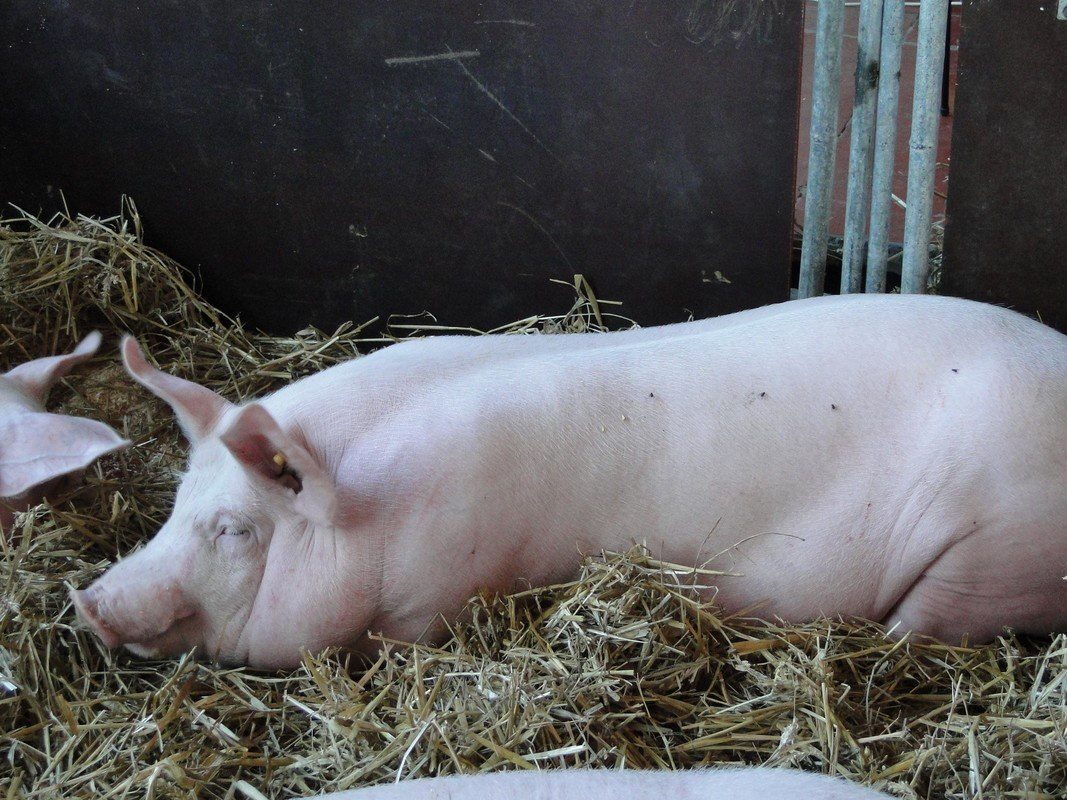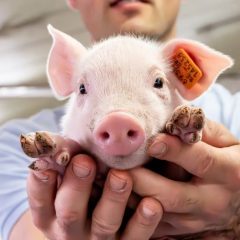Research project Managing variation within a batch of fattening pigs to optimize performance and minimize losses

General introduction
A high variation in body weight between individual finishing pigs within a same batch is associated with economic and ecological costs. This project investigates effective and cost-efficient strategies to deal with this variation in fattening pigs. The main goal is to develop and implement a webtool for pig farmers aiming to reduce the ecological and economic effects of heterogeneity within a batch of fattening pigs. This is achieved either by reducing variation through the implementation of management strategies or by the use of precision livestock farming (PLF) technologies. In this way, the project contributes to higher efficiency of an individual pig farm and a more sustainable pig production in general.
Research approach
We first identify factors that influence uniformity within a batch of fattening pigs as based on literature and observational studies on experimental and commercial farms. Subsequently, the most promising management strategies will be tested in intervention studies to prevent and reduce heterogeneity in fattening pigs. PLF technologies improving variation in fattening pigs are also evaluated. The economic, ecological and social costs of heterogeneity are modeled. Ultimately, the data are translated into a web tool that helps pig farmers to make cost-efficient decisions in function of the reduction of heterogeneity within a batch of pigs.
Relevance/Valorization
We want the webtool te be used by pig farmers as a usefull tool to innovate rationally by taking cost-effective measures and by avoiding investments that are not profitable. A reduction in heterogeneity within batches of fattening pigs surely optimizes performance and minimizes economic losses by achieving better feed efficiency and by approaching an optimal slaughter weight. A better feed and nutrient efficiency will also minimize losses of phosphorus and nitrogen to the environment. The results will be primarily applicable to pig farmers, but they are also useful for consultants, genetics companies, technology companies, feed manufacturers, slaughterhouses and the processing industry.
Financing
VLAIO







